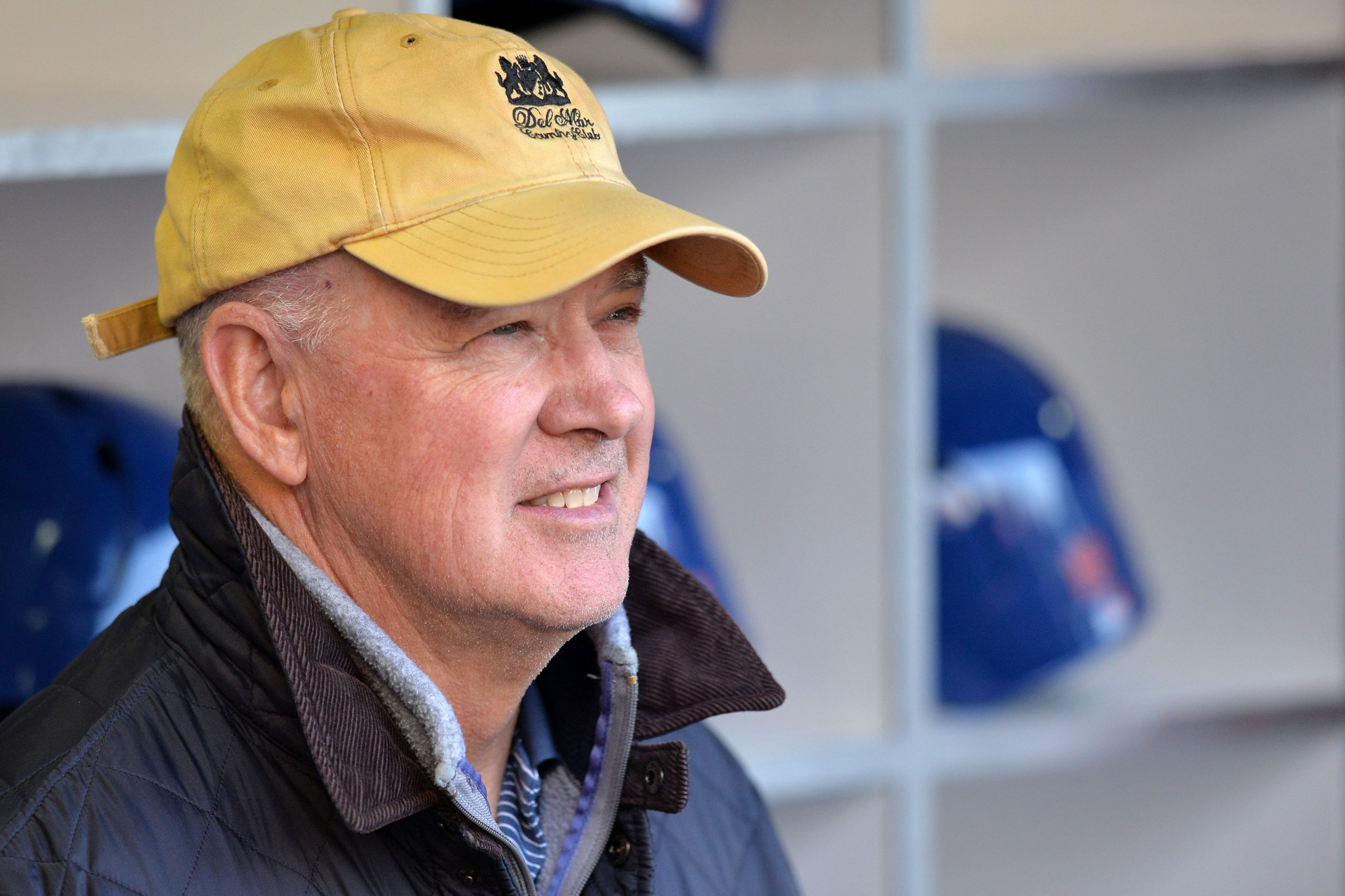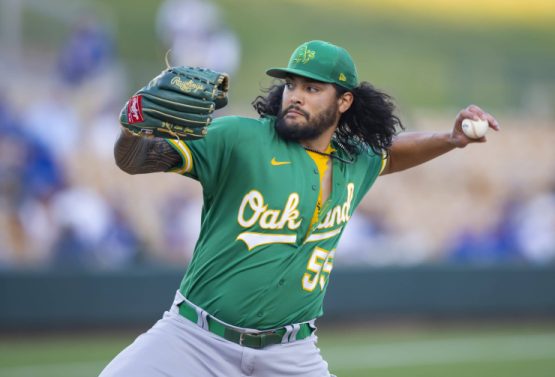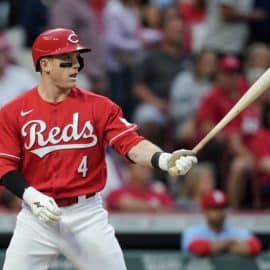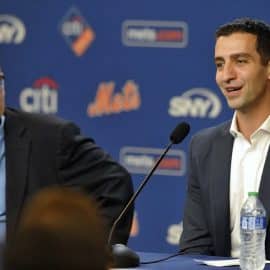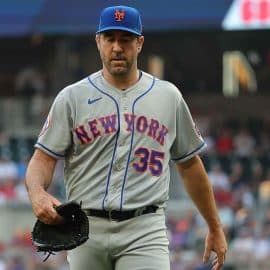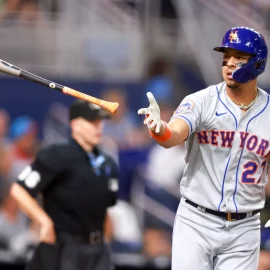The New York Mets finally fell below .500 last night, losing 7-4 to the Chicago Cubs to drop below the break even point for the first time this season. That development was a long time coming since the Mets have been playing lousy baseball since an 11-1 start to the season, which masked a lot of the stench coming from Queens. The problems with the roster are numerous, and aside from having Jacob deGrom and Noah Syndergaard (when healthy) atop the rotation there isn’t really any area of the team that you can look at and say that it is a strength. That comes down to poor roster construction, which again falls at the feet of General Manager Sandy Alderson.
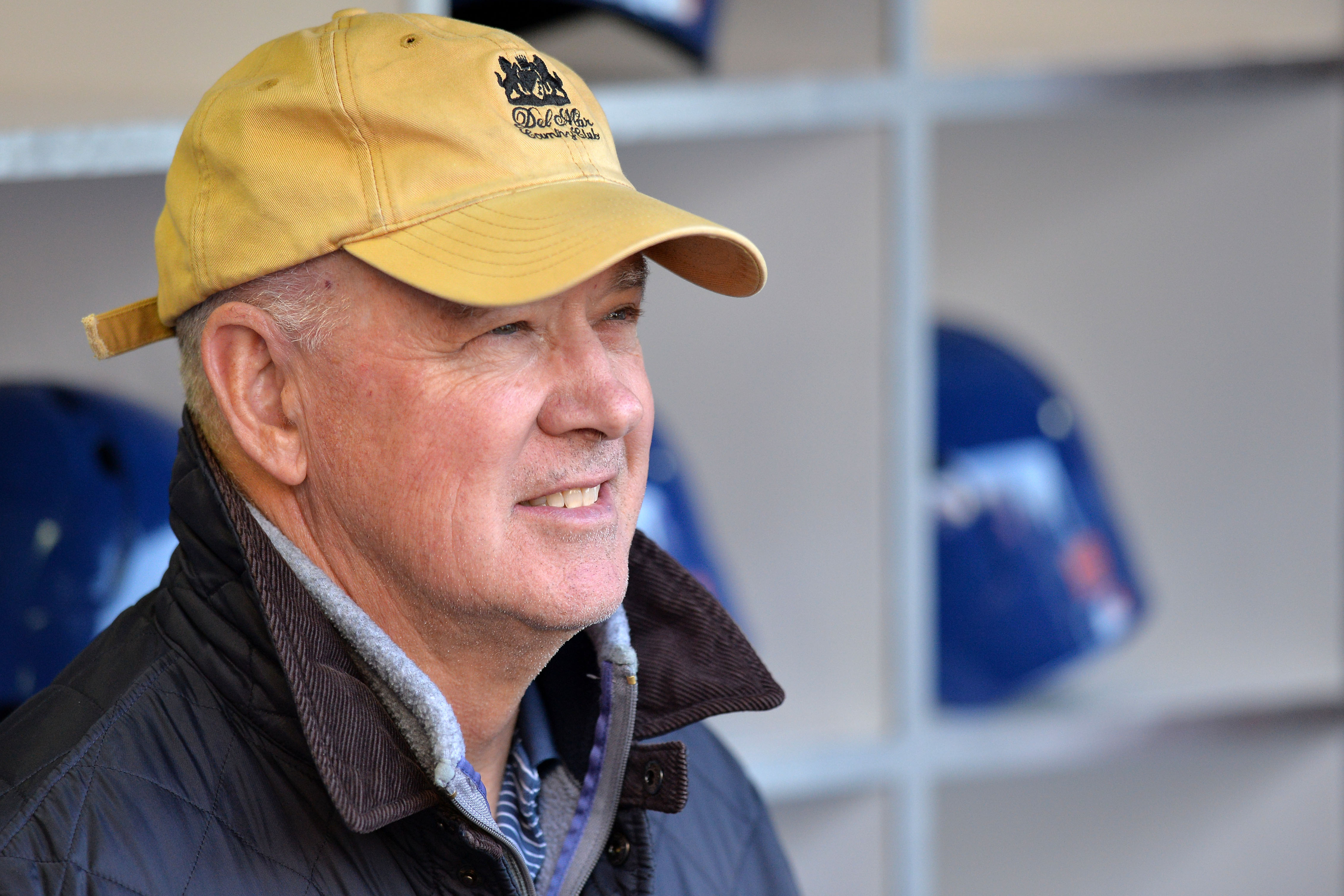
Alderson made a choice when he took the Mets’ job back in 2011 that he wanted to build a contender through a power pitching staff. That decision led to a pennant and a wild card berth for the Mets in 2015 and 2016, but has proven to be a bad investment outside of those two years. In an era where the sport is being defined by teams with tons of talented young position players, the Mets currently have two they can build around in Michael Conforto and Amed Rosario. Brandon Nimmo could be a third, but it remains to be seen if his improvements early this season will stick, and the Mets are hoping that either Dominic Smith or Peter Alonso sticks at first base. Even if the Mets are right about Nimmo and one of the first baseman develops into a starter, they don’t have enough young big league caliber players to build around. Baseball America rated the Mets’ farm system 27th out of 30 teams entering the season, a reflection of Alderson’s poor drafting giving the Mets little to work with in terms of young assets.
That has put the Mets behind the eight ball, forcing them to go to free agency to fill their roster with veteran position players to help take advantage of their pitching staff. The Wilpons haven’t helped Alderson out by tightening the purse strings to the point that a team playing in the New York market isn’t in the top 10 in payroll, but Alderson has made matters worse by spending his limited resources poorly. Alderson ignored the catcher position in free agency despite the chance to sign Jonathan Lucroy to a one year contract, instead trusting that Travis d’Arnaud and Kevin Plawecki could solve the position via platoon. The plan blew up when both got hurt in April, forcing the Mets to lean on retreads until they traded Matt Harvey for Devin Mesoraco. Alderson also made what seemed like reasonable moves in bringing in Todd Frazier and Jay Bruce to help supplement the core of the team, but both players have battled through injuries, with Frazier missing nearly a month due to a hamstring issue and Bruce hitting only .228 with three homers and 15 RBI’s as he tries to play through plantar fasciitis.
The biggest failure for Alderson was in the bullpen, an area that he has nickel and dimed since taking over in 2011. Last season’s bullpen meltdown led Mets’ officials to say that they would invest heavily in the unit to take pressure off the starting pitching, with some reports even speculating that they would be aggressive and set the market for relief pitching. There were even reports suggesting that the Mets’ top target would be former Cleveland Indians’ set up man Bryan Shaw, who was a durable workhorse for new manager Mickey Callaway. The Mets instead got sticker shock and refused to pay up for Shaw or any of the top relievers, instead settling for Anthony Swarzak on a two year deal. Swarzak appeared in two games for the Mets before getting hurt and has missed two months of action. Alderson also refused to add another arm to the bullpen despite clear evidence last season that the unit needed multiple arms to contend, letting Addison Reed go to Minnesota for a two year deal that was cheaper than Swarzak’s. The result has been a Frankenstein type unit composed of former starters Seth Lugo and Robert Gsellman, both of whom have saved the bullpen from complete disaster, prospects, and underachieving veterans.
The pressure may be getting to Alderson too, who got defensive at a press conference over the team’s handling of injuries the other day. Alderson also took a passive-aggressive shot at Yoenis Cespedes, indicating that he was surprised Cespedes was still on the DL with his hip issue even though the star outfielder tried playing through his injury for a week before landing there. The absence of multiple players will hurt any team, but good teams can withstand some absences by relying on re-inforcements from their minor league system. The Mets’ farm system, which was built by Alderson, is absolutely horrendous and has given the team no margin for error if the intended lineup or pitching staff isn’t able to take the field.
This is not to say that everything is Alderson’s fault. Alderson isn’t responsible for guys like A.J. Ramos, Bruce, Michael Conforto, and Jerry Blevins underachieving. There is also some blame that should be placed on Callaway, who has made a series of boggling decisions over the past two months that have definitely cost the Mets a few games. It’s hard for a manager to win when he doesn’t have quality players at his disposal, and those decisions lie with Alderson. The fact that Jose Reyes, who is hitting .143 and has already made four errors in the field, still has a job is ridiculous. Alderson’s weak explanation for why the Mets played with 24 players in Atlanta on Tuesday, even though they had a strong suspicion that Syndergaard would land on the DL when they made Lugo pitch two innings Monday, was inexcusable. The fact that Callaway was forced to work with a three man bullpen last night so that the Mets could add Jose Lobaton back to the roster as a third catcher is atrocious. All of those moves lie at Alderson’s feet, and if the team doesn’t turn it around this season the sum of those moves could leave him out of a job at the end of the season.
Add The Sports Daily to your Google News Feed!
